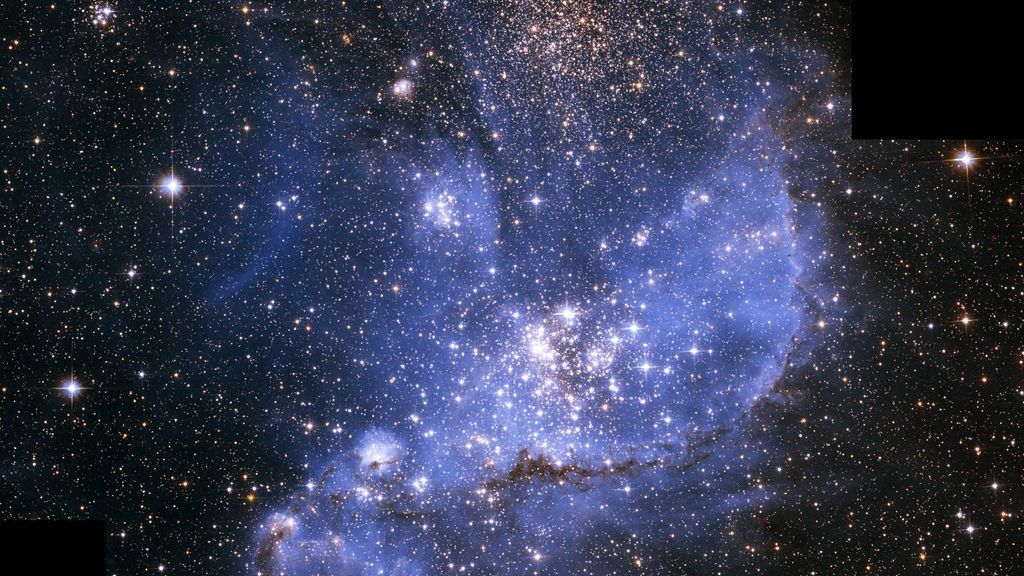Pozorujte s námi padající Perseidy. Víme víc!
Milujete noční oblohu? Co teprve nebe v srpnu, kdy můžeme pozorovat padající Perseidy

Romantika při noční obloze? Proč ne! A když k tomu přidáte ještě velké množství padajících Perseid, bude atmosféra přímo dokonalá. V srpnu se dívejte na noční oblohu a něco si přejte.
Měsíc srpen je přímo ideální na pozorování noční oblohy. V období od 11. srpna do 24. srpna přichystá noční obloha netradiční podívanou v podobě padajících hvězd. Sledujte roj Perseid.
Noční obloha v létě
Největší intenzitu Perseid už jsme mohli vidět 11. srpna okolo desáté hodiny a jedné hodiny ráno. Perseidy jsou úlomky ze Swift-Tuttleovy komety. Viditelnost roje tentokrát nerušil měsíční svit. Perseidy můžeme pozorovat každý rok. Jsou podobné meteorům. Na obloze se pak objeví jako zářící hvězda, která se promění do úsečky, která během chvilky zmizí. V maximálním padání se na obloze do hodiny objeví až 60 perseid. Během chvilky množství může stoupnout i na dvojnásobek.
Pozorujte pečlivě
K sledování Perseid nepotřebujeme žádné astronomické zařízení. Stačí je pozorovat pouhým okem. Perseidy je třeba sledovat velkým obzorem abychom je stihli zachytit. Najděte si nejtmavší místo bez pouličního osvětlení a pozorujte. Určitě je velmi těžko spatříte uprostřed města.
Co jsou Perseidy
Jde o úlomky ze Swift-Tuttleovy komety, kterou v roce 1862 objevili dva američtí astronomové. Těleso o průměru 26 kilometrů se ke slunci vrací každých 130 let. Naposledy tomu bylo v roce 1992. Nejlépe se pozorují před východem Měsíce, to znamená okolo jedné hodiny ranní. Meteorický roj je doprovázen i seskupením planet. Padající hvězdy se na obloze budou objevovat do 24. srpna a pak zase na rok zmizí.
#graifka2

